I have spent a bit of time photographing Welcome Swallows and Fantails recently while testing the capabilities of the Nikon Z9. At the lake they both target aquatic insects at the stage that they are hatched adult flies but have a very different approach to catching their prey. The insects, largely of the midge family, live most of their life as underwater larvae before pupating and rising to the surface to emerge as adult flies which mate then lay eggs in the water to repeat the breeding cycle. The aquatic forms are preyed on by fish and diving birds but Swallows and Fantails only have access to the airborne adults.
Swallows target these adults from the moment they emerge, often plucking them from the surface as soon as they emerge.
Once the insects are in flight they intercept them by carving though long corridors of airspace at speed, sometimes rising through the air to catch an insect highlighted against the sky.
This approach suits their streamlined airframe reminiscent of a jet fighter. Fast and manoeuvrable, but needing to detect their target at a distance to vector in and intercept it with some small last minute adjustment. The vibrissae around their gape may help funnel the prey into the beak in the way that the basket around the refuelling drogue from an airborne tanker accepts the refuelling probe of a recipient aircraft.
Fantails adopt a different approach. They target the hatched insects when they are in their mating swarms rising and falling around lake edge vegetation. This requires less speed but much more manoeuvrability up and down, side to side and back and forth patrolling a cube of airspace in a manner reminiscent of a helicopter.
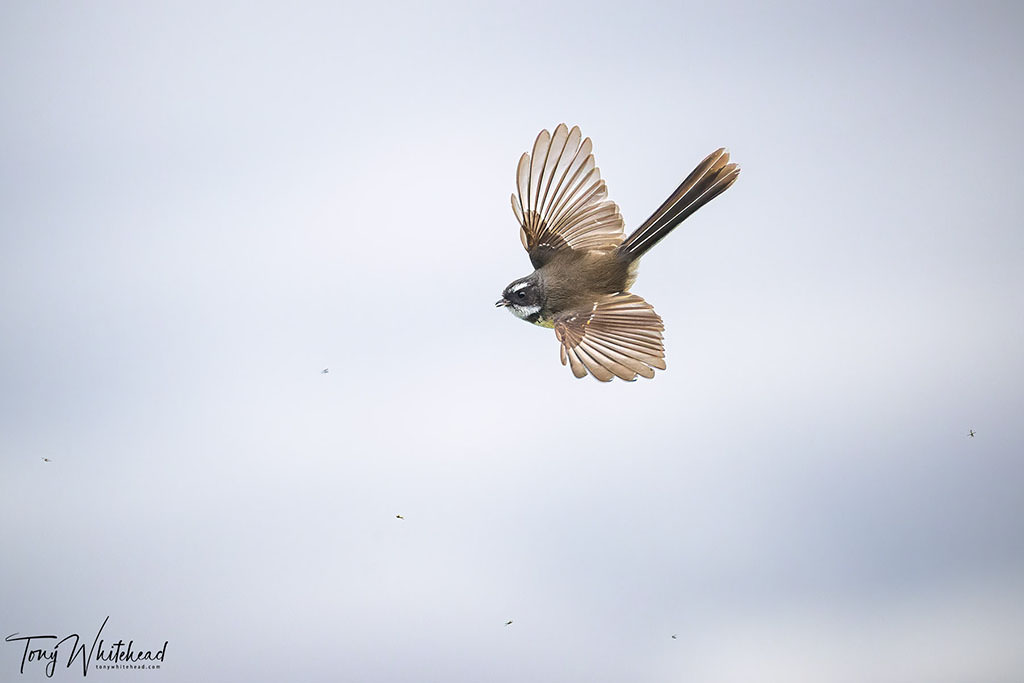
Watching Fantails is intriguing as they twist and turn, rise and fall. They are incredibly manoeuvrable often spinning 180 degrees within their length just like a helicopter can use the tail rotor to pivot around the main rotor axis. In real time it is hard to appreciate exactly what they are doing but the acrobatics revealed in a series of still images is fascinating.
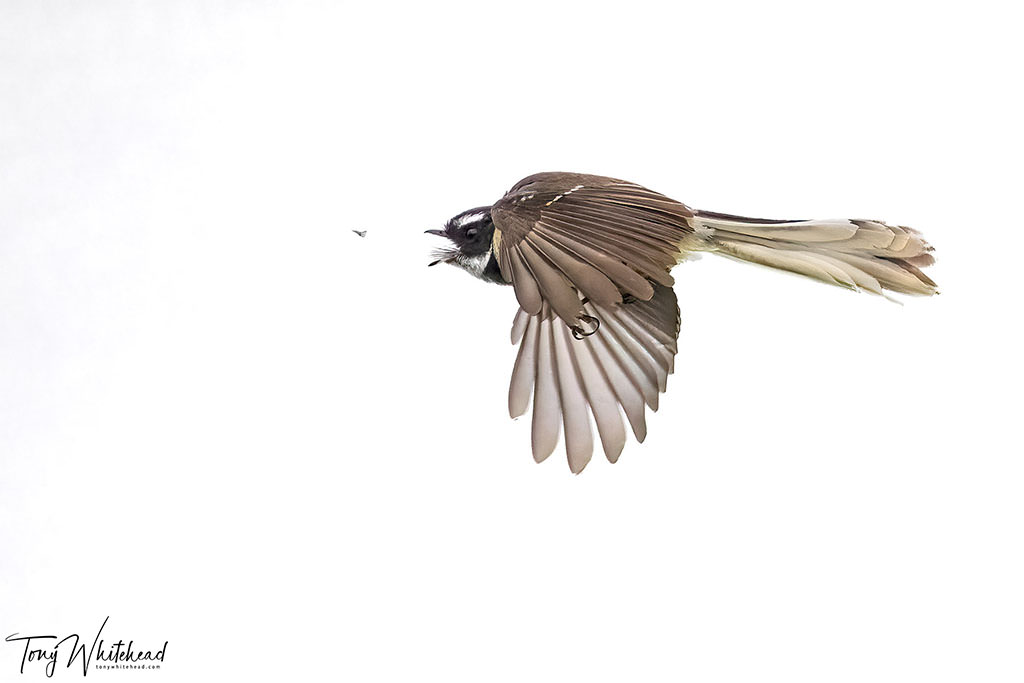
As a child I was fascinated by birds and model aircraft and as a result, aerodynamics. It is lovely to see the adaptations of the birds that mirror the features of manmade aircraft tailored for different purposes.
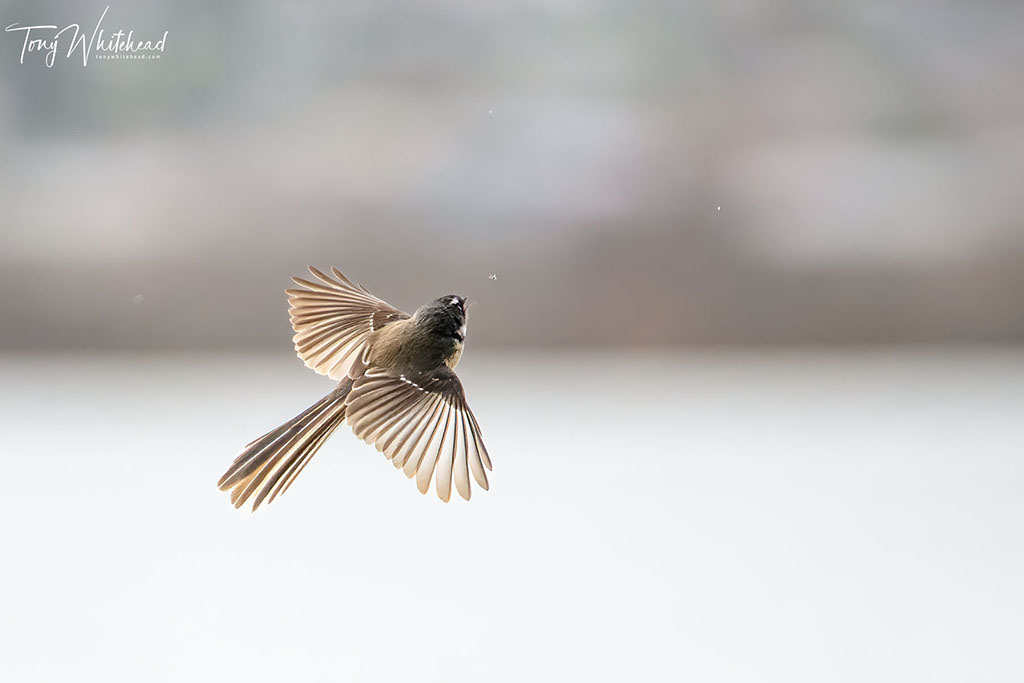
Photos with Nikon Z9 and Nikkor Z 100-4000mm f4.5-5.6 VR S or Nikkor 500mm f5.6PF
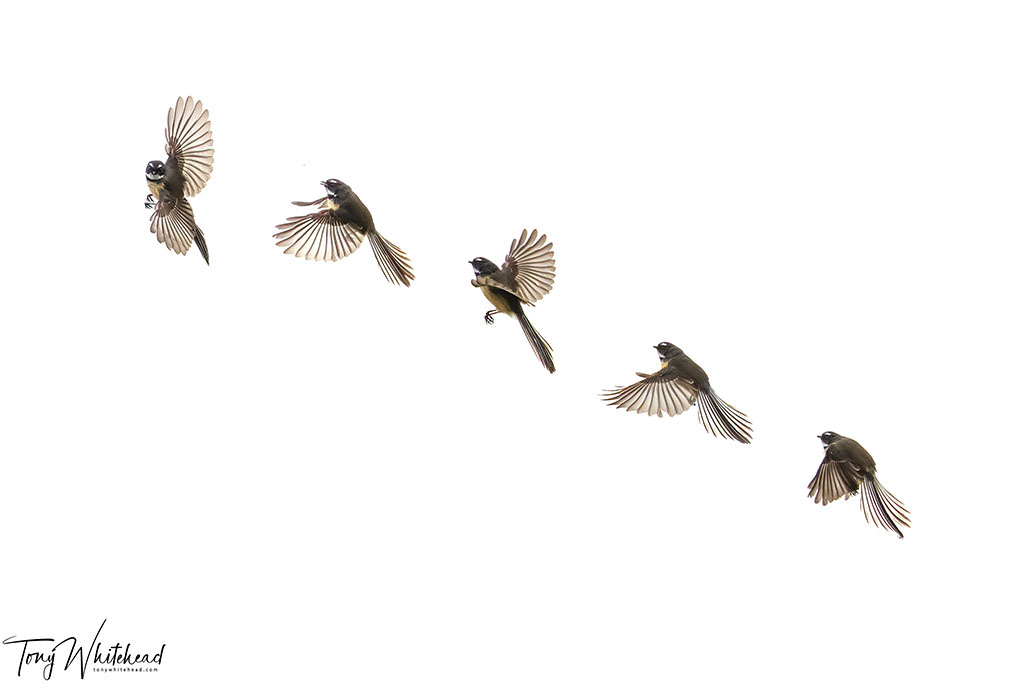
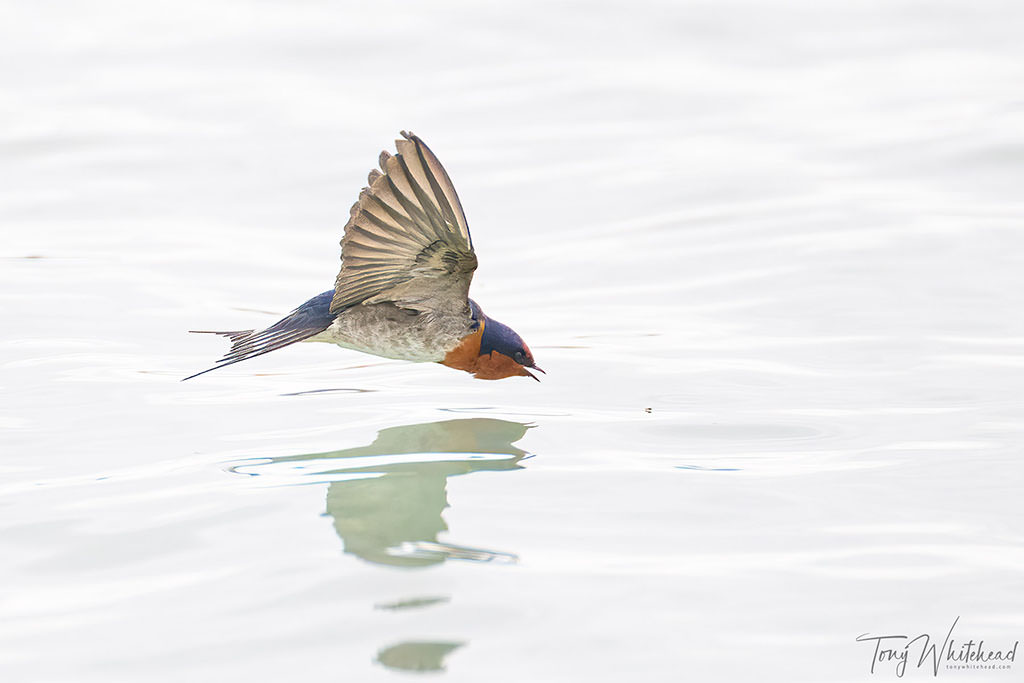
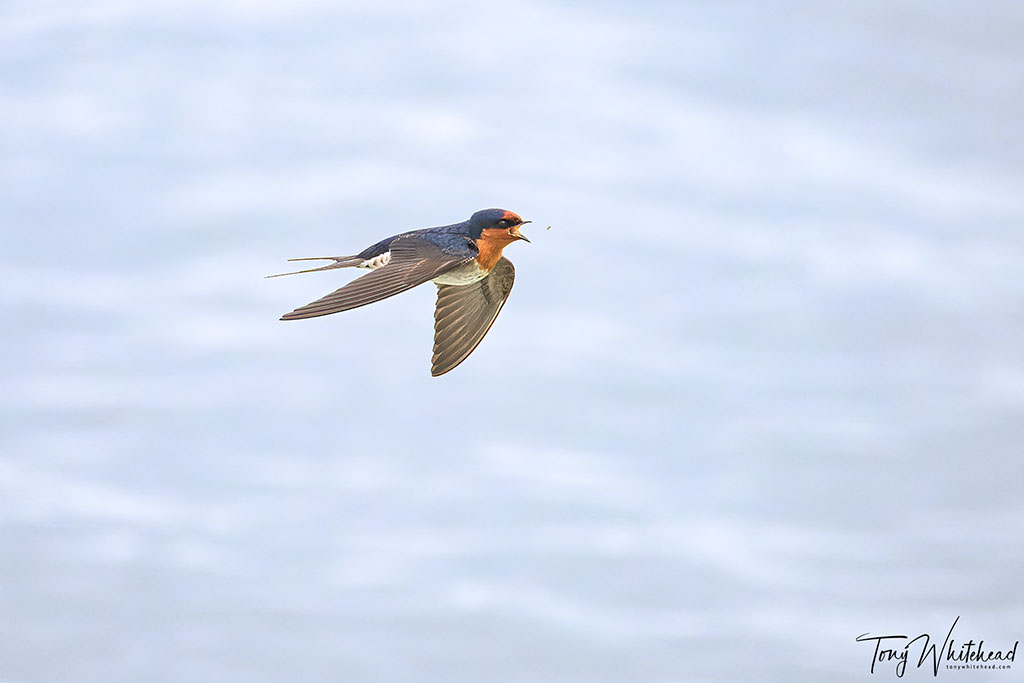
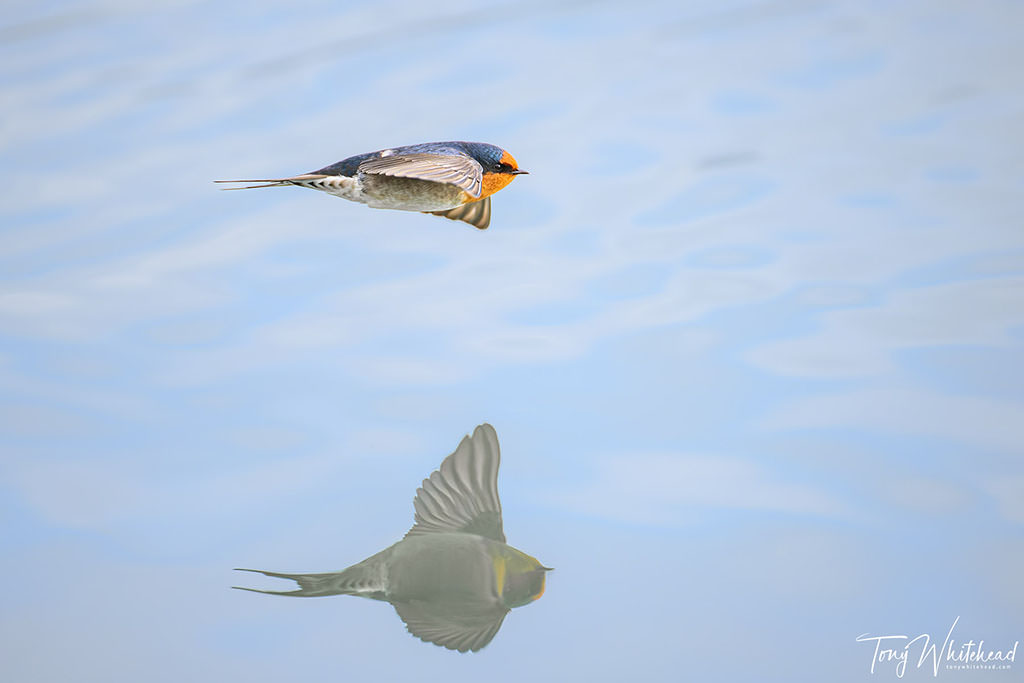
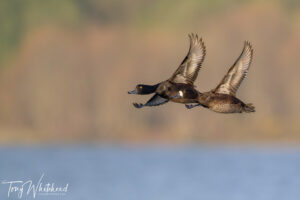
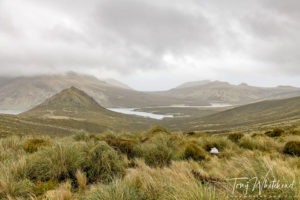
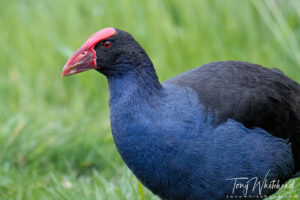
Chris K.
16 Aug 2022Great shots I love my Z9 also just waiting for the Z 200-600 as right now I have the Z 100-400. How do you find the Z9 after firmware 2.1? Also did you use AF wide L?
tony
16 Aug 20222.1 is a definite step forward. For small erratic birds I use wide area large or C1 which I have set larger than large.